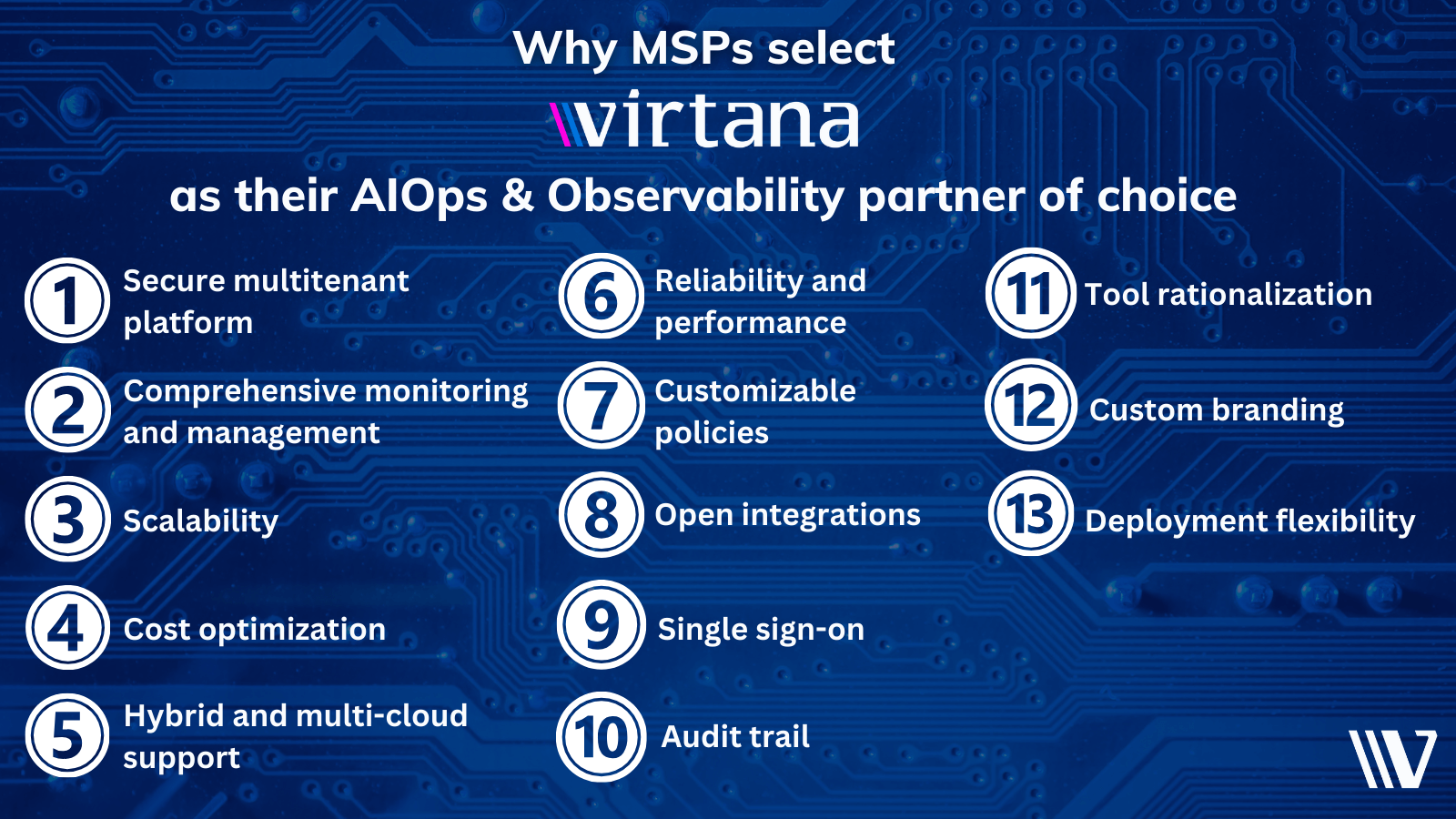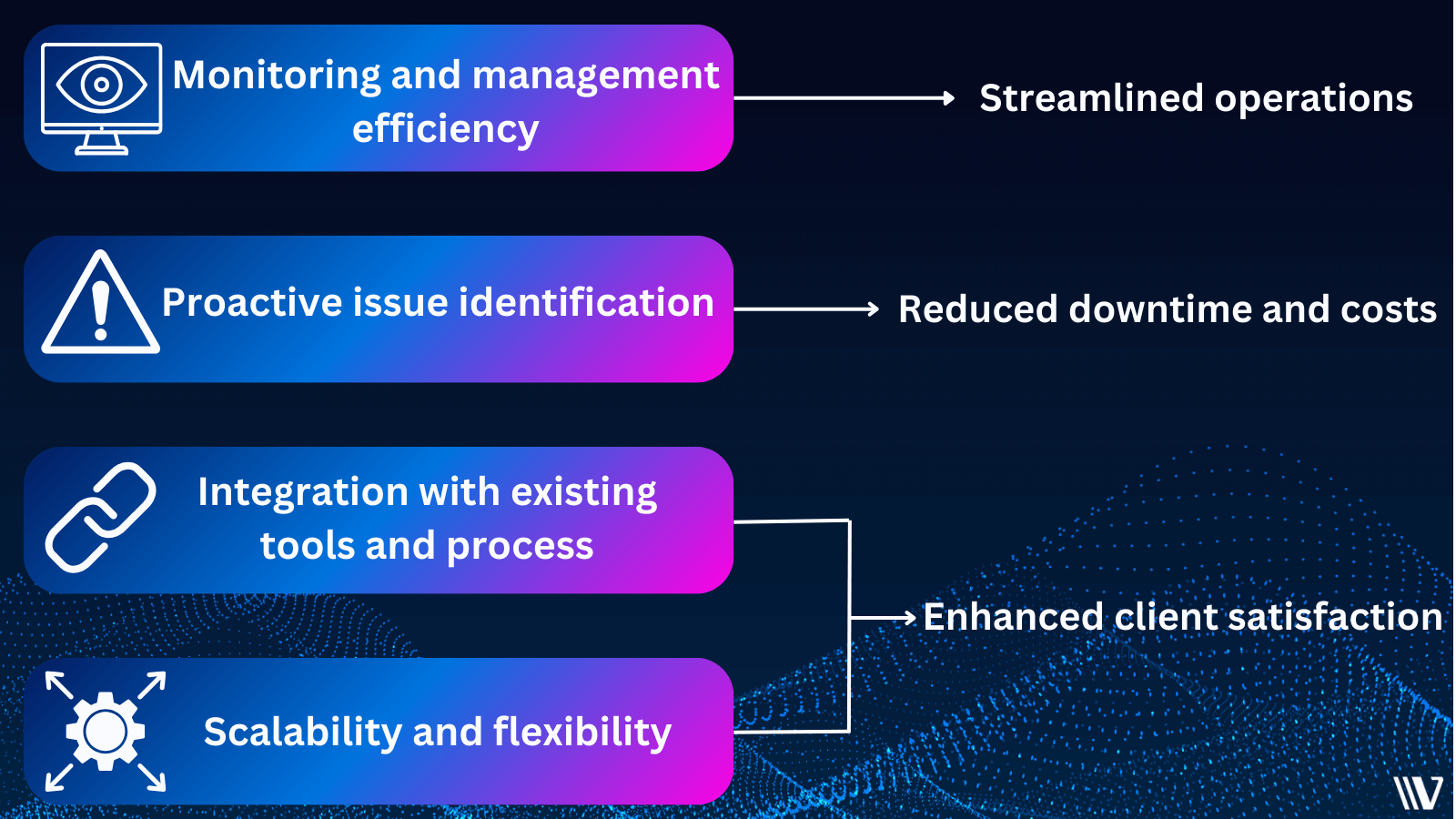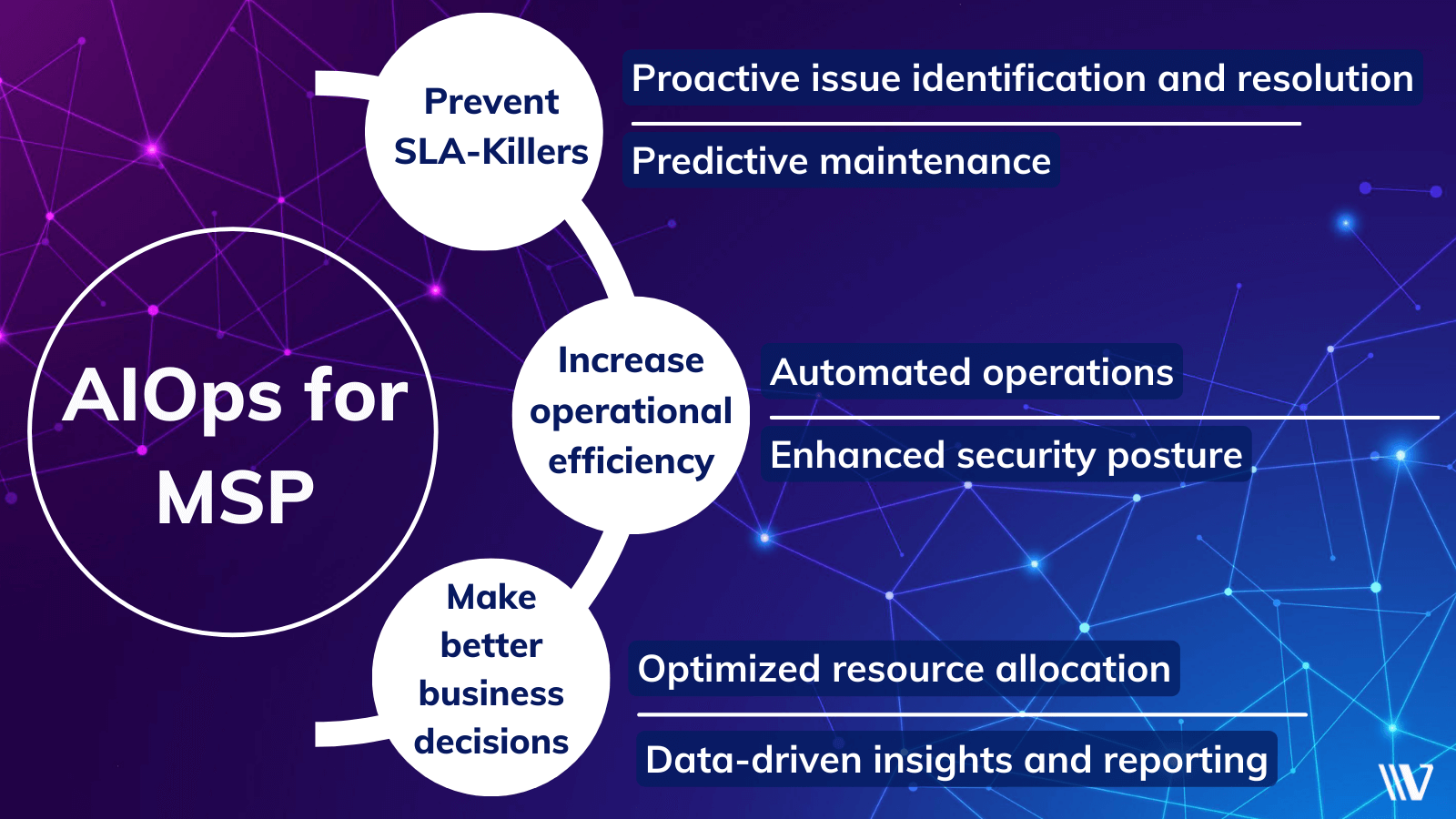Corporate infrastructures get more complex as they expand, incorporate more applications, become more highly distributed, become more siloed, increasingly hybrid, and handle more data. This is a widely acknowledged phenomenon, even if there’s not yet a “Moore’s Law” of infrastructure complexity.
And complexity invites issues. As anomalies on the infrastructure increase, they may be frequent and occur periodically, or happen sporadically, or just once – leaving DevOps and infrastructure personnel to worry that, someday and with no warning, they could occur again and significantly impact the business.

Even worse, an anomaly may be remedied momentarily but ends up repeating itself over sporadic intervals – as it can when a bug is discovered and patched, but not isolated to its source and resolved. When that happens, resolution times can extend to days or weeks, or the issue can be patched repeatedly while the root cause remains a mystery.
Anomalies can create performance issues or bring the infrastructure to a near halt. According to a recent survey by Forbes, an unplanned data center outage cost more than $7,900 per minute, and, with average incidents lasting around 86 minutes, the average cost per incident has reached $690,200.
When an issue arises, an IT administrator typically conducts first-level triage to pinpoint where the issue lies. With tangible evidence of bottlenecks in their domains, other administrators can dig deeper into the performance of their own silos. Unfortunately, many issues are caused be interactions of various devices that have impact across silos. But what are the chances that manual, silo-specific troubleshooting can identify and pinpoint the root cause of the issue? As problematical as that would be, consider this: An issue often has no single root cause, but may result from a perfect storm of various issues.
The likelihood of sleuthing out the problem under those circumstances swiftly descends towards zero.
AIOps Changes the Equation
Now things are changing, however. Businesses are turning to artificial intelligence (AI) for IT operations (AIOps) to prevent or resolve high-severity outages and other IT Ops problems more quickly on complex, highly decentralized, data-driven infrastructures. AIOps uses big data analytics, machine learning (ML) and other AI technologies to automate the identification and resolution of infrastructure issues. AIOps came about because the sheer scale and complexity of IT systems has reached a point that’s beyond human comprehension, and beyond the ability of humans to react, respond, troubleshoot, and remediate in a timely fashion.
The AI in AIOps platform automatically learns the normal state of each critical business service and the normal underlying behavior of the supporting hardware and software services, and automatically flags anomalies.
Keep in mind that AIOps is rightly an approach, and not a single technology or point solution. As such, it takes an ecosystem and a consistent approach across that ecosystem to deliver on the promise of AIOps. Practitioners need to be looking at leveraging AIOps from both an application perspective, an IT operations perspective and an IT service management perspective.
In a sense, every fault or issue on the infrastructure is anomalous. If availability is a problem, or performance is lagging, it’s because something is wrong on the infrastructure. And that’s why the ideal AIOps technology works both proactively, monitoring infrastructure to spot potential issues before they become real issues; and reactively, responding to an existing issue or issues.
AIOps is the driving force behind Virtana’s VirtualWisdom, the industry’s leading hybrid IT infrastructure management and AIOps platform for mission-critical workloads. You can now try a free 30-day trial version of both VirtualWisdom and our latest cloud cost optimization and monitoring platform, CloudWisdom. Request your free trials today, and be sure to stay up on the latest and greatest in hybrid AIOps by following us on Twitter, LinkedIn and Facebook.

James Bettencourt




